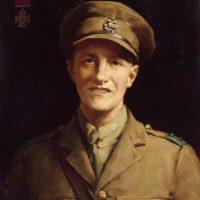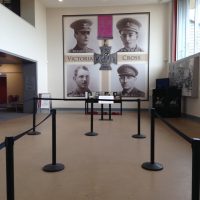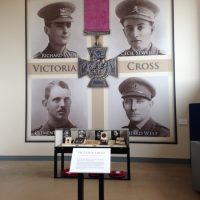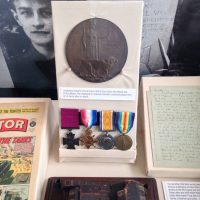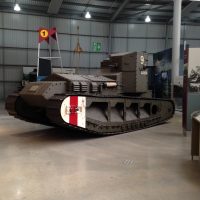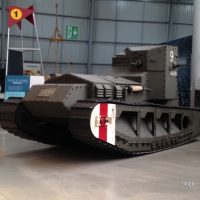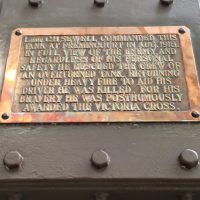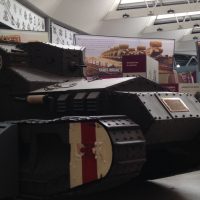Sewell, CH
(1895 - 1918)
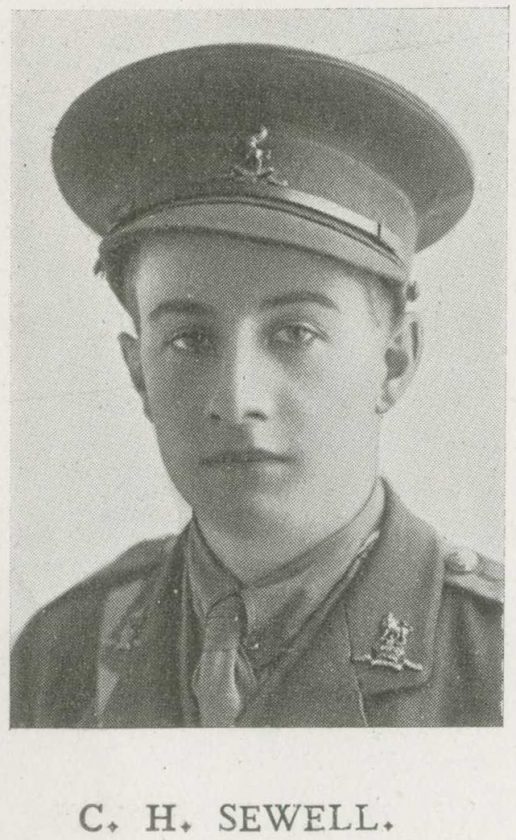
Key Facts
DATE OF BIRTH:
27th January 1895
YEARS ATTENDED THE COLLEGE:
1907 - 1912
HOME ADDRESS WHEN AT THE COLLEGE:
26 Crooms Hill, Greenwich
REGIMENT
Tank Corps
FINAL RANK:
Lieutenant
DATE OF DEATH:
29th August 1918
AGE AT DEATH:
23
WHERE HE DIED (or was wounded)
Fremicourt, Somme
LOCATION OF GRAVE OR MEMORIAL:
Vaulx Hill Cemetery. I D 3
Lieutenant Cecil Harold Sewell
Born on January 27th 1895, Cecil was the eighth of nine children born to solicitor Harry Sewell, who would later serve as Coroner for West Kent, and his wife, Mary. He joined the College in September 1907, at the same time as his elder brother, Leonard, and was at Dulwich for the next five years, some of which he spent as a boarder in Elm Lawn. He left in the summer of 1912, having been a member of the Classical Upper Fifth, and matriculated at London University, as he intended to become a solicitor. He was subsequently articled to his father’s firm.
In November 1914, shortly after the outbreak of war, Cecil enlisted as a member of the Public Schools Battalion, Royal Fusiliers, with whom he went over to France for the first time a year later. After several months at the front he returned home to undergo officer training, eventually being given a commission in the 3rd Battalion Royal West Kent Regiment in August 1916. Shortly afterwards, at his own request, he transferred to the Heavy Section of the Machine Gun Corps, which was at the time in charge of the then new technology of tanks. In early 1917 he was a founder member of the Tank Corps, and spent considerable time serving in the Heavy Tank section, although by late summer 1918 he had been attached to the 3rd (Light) Battalion. On August 29th he was in charge of a Whippet tank which was one of several involved in an attack at Fremicourt, on the Somme, when he saw one of the other tanks in his section become stuck in a shell hole and catch fire. Cecil left his own tank to go and dig out an exit for those trapped in the burning vehicle before returning to his own tank; this action was carried out in full view of the enemy and under machine gun fire. There he saw that his driver was now lying wounded; while tending to his driver he was hit and killed. As a result of his actions on that day he was posthumously awarded the Victoria Cross
